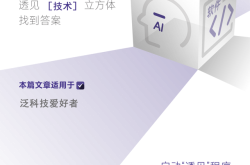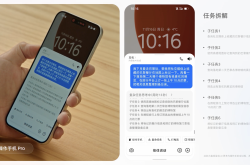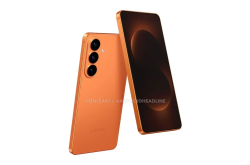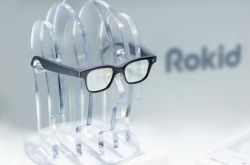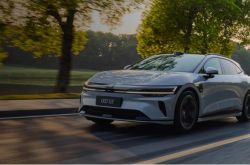Behind the $1.75 Billion Fine: Judicial Redefinition of Autopilot Technology 'Boundaries'
![]() 08/08 2025
08/08 2025
![]() 547
547
Recently, Tesla faced its heftiest 'technology fine' to date – a Florida jury awarded $242 million in damages for a 2019 Autopilot-related fatal accident, entirely placing the blame on Tesla.
This is not merely a financial issue but a significant 'reconciliation' of technological capability and legal responsibility. For the first time in a public trial, 'L2 assisted driving' was meticulously examined through lines of code and interaction diagrams, and the entire industry heard the echoes of 'boundaries' being redefined.
Six years ago, at 100 milliseconds: What was the system actually doing?
According to trial data, the Model S issued its first collision warning just 0.8 seconds before impact. Autopilot 8.0's main perception stack (camera+radar) had a confidence level of only 0.3 in identifying the stationary lateral vehicle, falling below the AEB trigger threshold of 0.5. In other words, when the algorithm 'saw' the stationary SUV, it dismissed it as a 'false positive.' The root cause was not a singular algorithm failure but a misjudgment in 'scenario assumptions': Autopilot's training set predominantly featured high-speed straight roads, with inadequate coverage of corner cases involving rural T-junctions and stationary lateral targets. Coupled with the driver's speed of 100 km/h and their foot still on the accelerator (torque applied), the system entered a gray area of 'shared human-machine control':
Longitudinal control: ACC could not foresee the need to stop at the intersection under the prevailing logic.
Lateral control: Lane-keeping algorithms lacked semantics for intersection stop lines.
Monitoring: The steering wheel torque sensor was deceived by the natural weight of the driver's arm, failing to trigger a distraction alert.
In summary, the algorithm, vehicle, and driver were all complacent in their respective 'comfort zones' until 100 milliseconds before impact, when they were abruptly awakened.
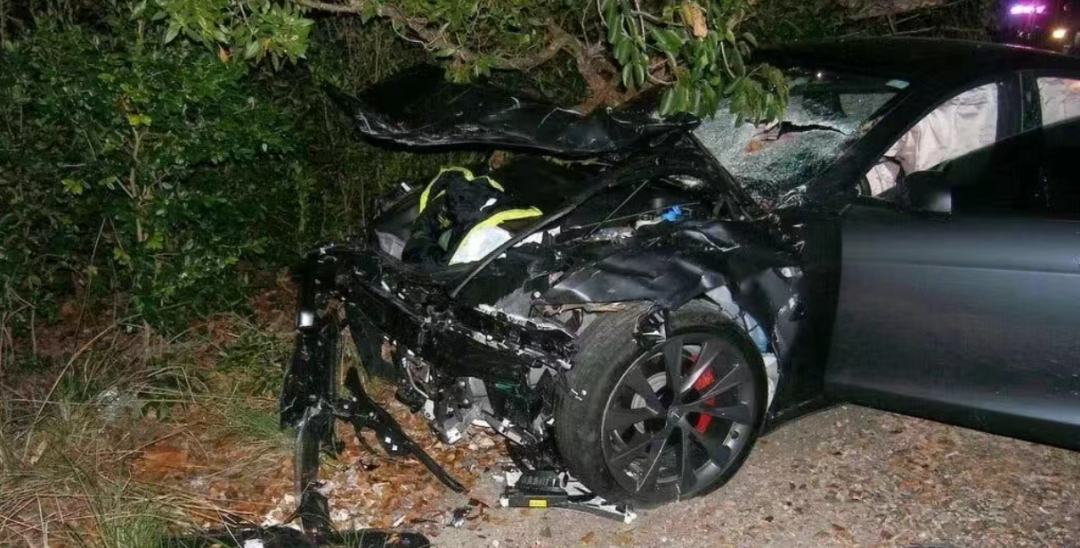
Why did the jury assign one-third of the blame to Tesla?
The 'design defect' trio in US product liability law:
Risk/utility imbalance: The jury believed that Autopilot allowed activation in 'non-designed scenarios,' with benefits (user convenience) vastly outweighing risks (fatalities).
Foreseeable misuse: Tesla's official website once claimed that 'Autopilot is safer than humans,' effectively encouraging ordinary users to overestimate the system's capabilities.
Feasibility of alternative design:
Geofencing (HD Map+GPS) to restrict activation on non-highway segments.
Driver monitoring systems (DMS) with driver cameras (not standard in 2019).
Enhanced static lateral vehicle recognition (introduced via OTA in version 2019.40).
In the eyes of technologists, these are feasible options, merely a matter of cost/experience trade-offs. However, the court summarized it succinctly: 'If you knowingly could have done better but didn't, you must pay for the consequences.'
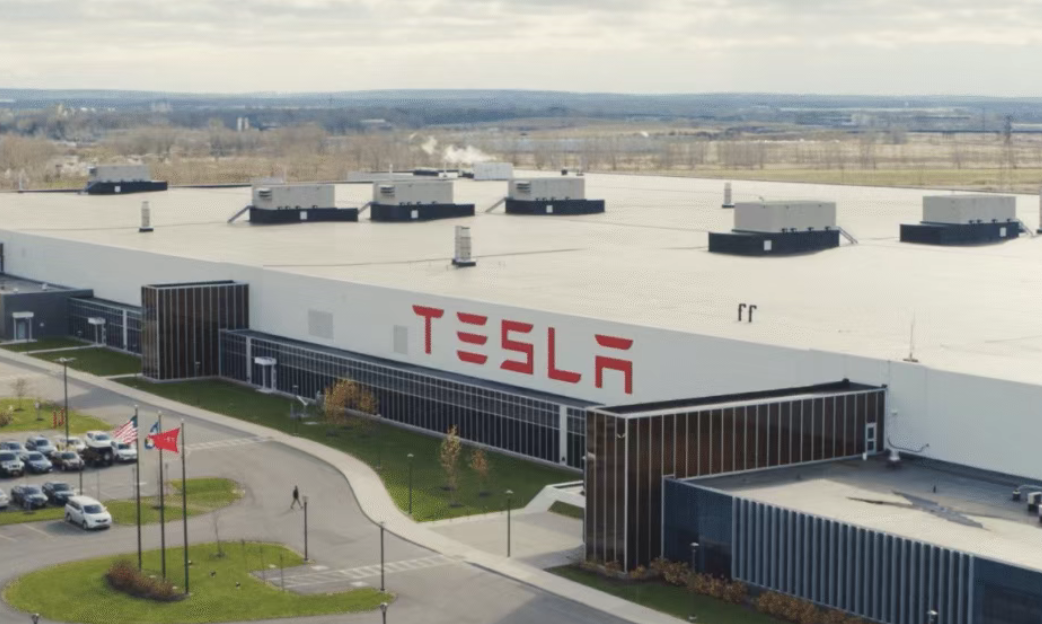
How will the roadmap for L2/L3 technologies be rewritten after the $1.75 billion fine?
Perceptual redundancy: Upgrading from 'vision+millimeter wave' to 'vision+4D millimeter wave+lidar' will become standard, as OEMs strive to prove 'reasonable alternative design.'
Scenario fencing: The 'ODD goalkeeper' function of high-definition maps + real-time localization will be mandatorily implemented, potentially disabling L2 functionality on open urban roads by default.
Monitoring upgrades:
Mandatory driver monitoring systems (DMS) with driver cameras (already implemented in Europe, with NHTSA's 2026 roadmap following suit).
Dual verification with steering wheel capacitance + hand-hold detection to prevent 'fooling the system with a bottle of water.'
Software release process: Grayscale OTA + filing system, with significant perception strategy changes requiring third-party safety audits to avoid bypassing regulations through 'shadow mode.'
Rights and responsibilities contract: The 'shared human-machine driving agreement' during car purchase will no longer be a one-page disclaimer but an interactive 30-second mandatory tutorial + exam, with failure to complete preventing the activation of assisted driving.
As 'perceptual redundancy' and 'scenario fencing' become inevitable trends, what the industry truly lacks is not sensors but a 'cognitive hub' that can integrate them. MogoMind's large model serves as this invisible 'digital bus': It fuses real-time data streams from roadside millimeter waves, onboard cameras, weather radars, and more, completing the fusion within milliseconds and directly outputting centimeter-level traffic event perception and optimal path decisions. In other words, once future L2+ vehicles open their geofencing, MogoMind can function as a cloud-based 'global brain,' instantly transforming 'can I go?' into 'how should I go?', allowing scenario restrictions required by regulations to be more than simple functional lockouts but rather real-time replanning through global coordination.
L2 is not a 'downgrade' of autonomous driving but a 'high-level' of human-machine collaboration.
Treat L2 as 'cruise control with brakes' rather than 'autonomous driving Lite.'
Any action requiring looking down, taking hands off the wheel, or distracting attention (picking up a phone, adjusting navigation, responding to WeChat) = immediate exit from assisted driving.
Learn to 'take over': Loosely hold the steering wheel, keep your foot near the brake, and scan with your eyes – this is the new 'driving posture' for drivers in the L2 era.
If a similar accident occurs in 2026, will the jury still only hold Tesla responsible for one-third of the damages? When lidar, DMS, and high-definition maps become standard, and accidents still occur, the question may then shift to the L2 level itself: Can human drivers truly take over a vehicle traveling at 100 km/h from a state of phone distraction within 200 milliseconds? If the answer is no, then skipping L2 and directly developing L4 in restricted areas may be the true 'reasonable alternative design.'
$1.75 billion cannot buy back lost lives, but it may instill a profound reverence for the word 'boundaries' across the entire industry.


